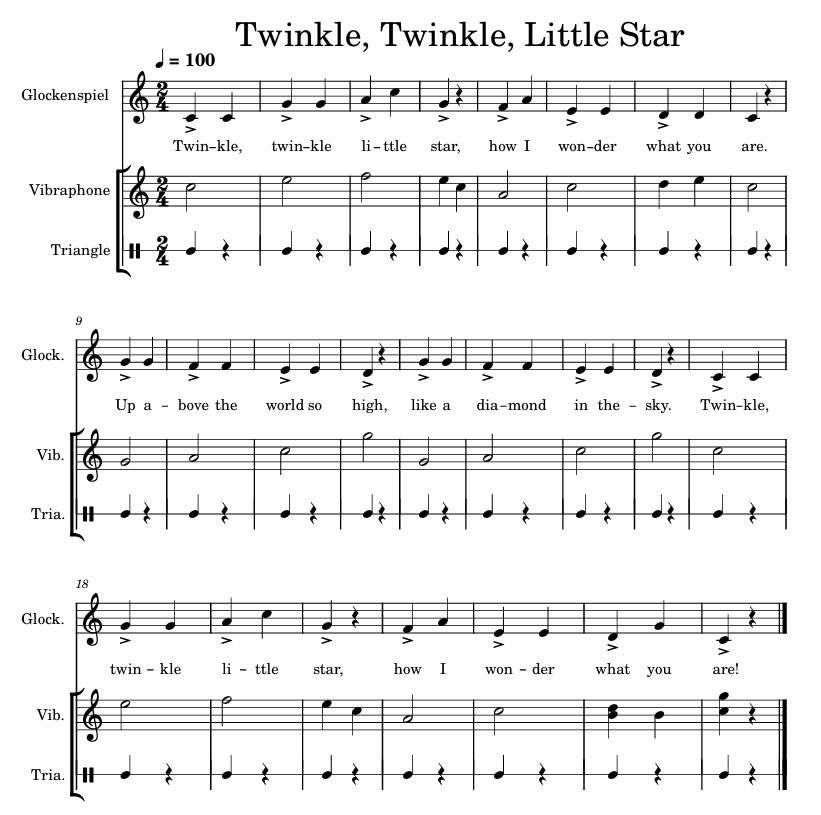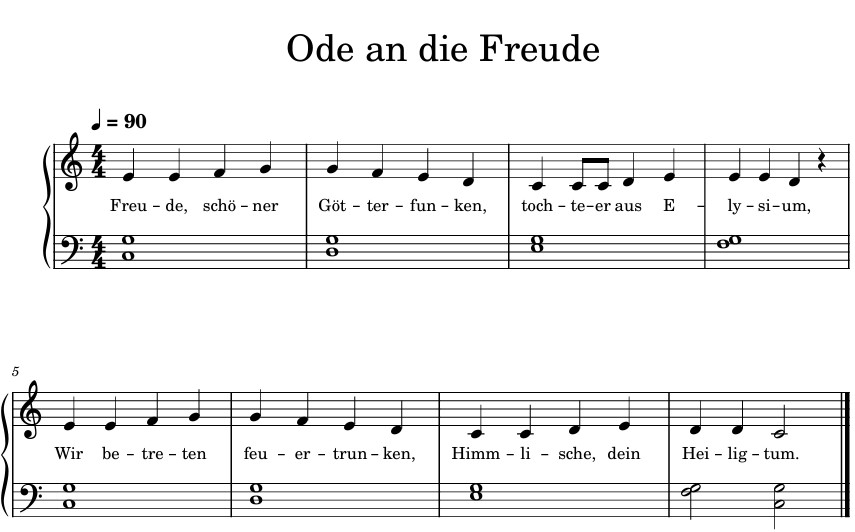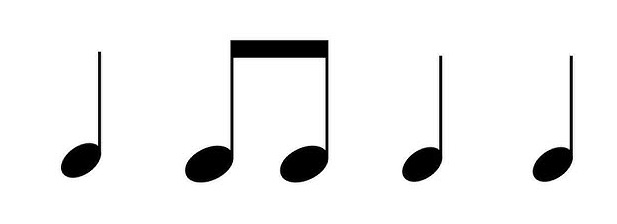Creative lab 1: guided improvisation 1
1. This is one of the melodies in this unit. Use Orff instruments (glockenspiel or a xylophone) to play it. Rehearse enough till you can play it properly

2. Let's check by watching the video if you sound like it.
3. It is time to learn how to perform variations. Look at the image with the notes (this is called a rhythmic motif) and go back to the score. Where you had two crotches, you are going to perform a crotchet and two quavers. Try it and rehearse.
4. Here's another video to check how variations work. Congratulations! You can create variations.
A recurring musical fragment or sequence of notes.



